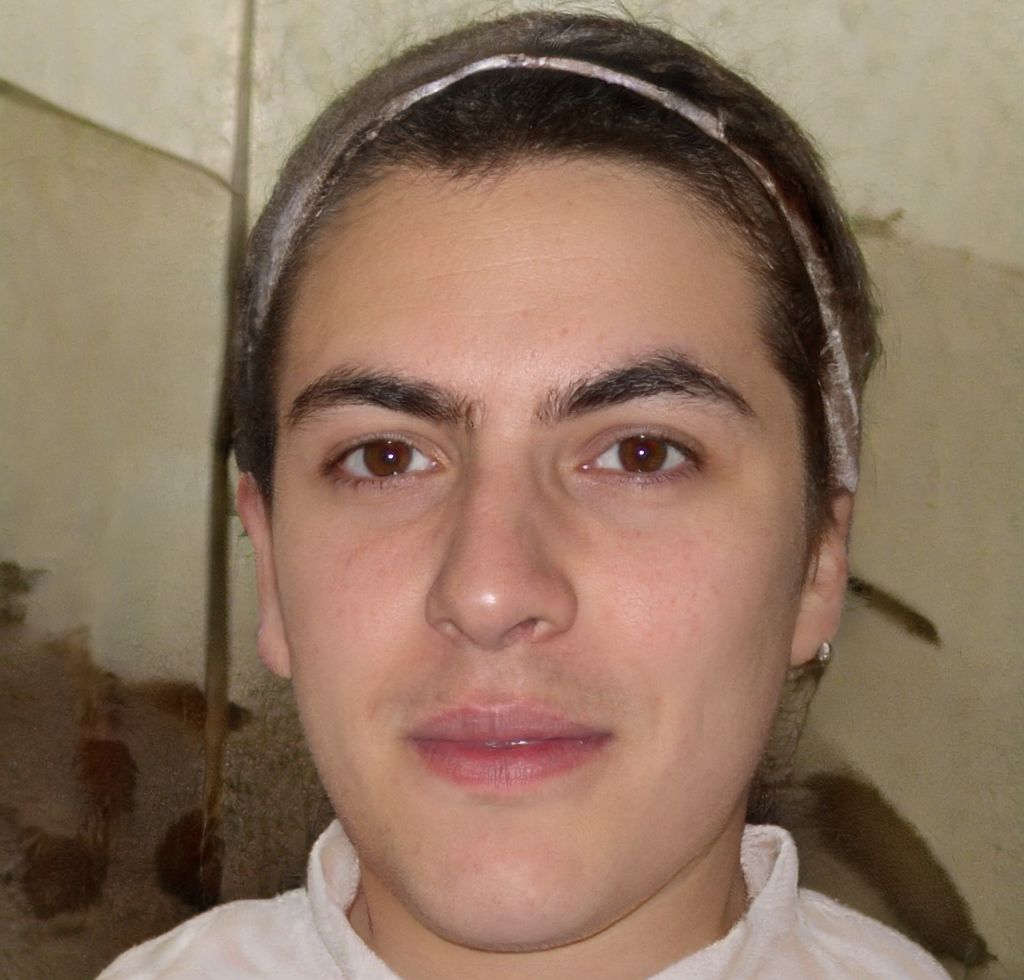At 273.15 K and 100kPa, 58.34 g of #"HCl"# reacts with 0.35 mol of #"MnO"_2# to produce #"7.056 dm"^3# of chlorine gas. Calculate the theoretical yield of chlorine. How do I solve this?
The reaction is:
#"MnO"_(2(s)) + 4"HCl"_((aq)) -> "MnCl"_(2(aq)) + "Cl"_(2(g)) + 2"H"_2"O"_((l))#
The reaction is:
Examine the balanced chemical equation for this redox reaction first.
Your objective at this stage is to determine which of the two reactants functions as a limiting reagent.
To ensure that every mole of manganese dioxide participates in the reaction, you must have
You can say that there will be excess hydrochloric acid because you have more moles than you need.
Because manganese dioxide will be totally consumed in the reaction, it will function as a limiting reagent.
The conditions that you were given for temperature and pressure are interesting because they match the most recent definition of STP.
You are aware that the response resulted in
of chlorine gas at STP, indicating that the reaction's real yield was
This can be used to determine the reaction's percent yield.
Enter your values to obtain
Two sig figs are used to round the answers.
By signing up, you agree to our Terms of Service and Privacy Policy
Calculate moles of Cl2 produced:
Find the limiting reactant:
Use the limiting reactant to find moles of Cl2:
Convert moles of Cl2 to grams using molar mass:
By signing up, you agree to our Terms of Service and Privacy Policy
When evaluating a one-sided limit, you need to be careful when a quantity is approaching zero since its sign is different depending on which way it is approaching zero from. Let us look at some examples.
When evaluating a one-sided limit, you need to be careful when a quantity is approaching zero since its sign is different depending on which way it is approaching zero from. Let us look at some examples.
When evaluating a one-sided limit, you need to be careful when a quantity is approaching zero since its sign is different depending on which way it is approaching zero from. Let us look at some examples.
When evaluating a one-sided limit, you need to be careful when a quantity is approaching zero since its sign is different depending on which way it is approaching zero from. Let us look at some examples.
- Given the equation: 2C8 H18 + 25 O2 --> 16 CO2 + 18 H2O, what is the volume of 02 with 49.5 g of H20?
- 6 Li + Ca3(BO3)2 ---> 3 Ca + 2 Li3BO3 How many grams of calcium metal would be produced if you started the reaction with 10 grams of calcium borate?
- If 12.0 g of MgSO4 react with 15.0.g of BaCl2, what is the limiting reactant and what mass of BaSO4 is produced?
- What is the chemical equation for Nickel(II)Chloride.6H2O + Sodium oleate? NiCl2 ·6H2O+ NaOA =?
- A. Identify the limiting reagent. B. State how many grams of the excess reagent remain. C. State how many grams of product are produced.?

- 98% accuracy study help
- Covers math, physics, chemistry, biology, and more
- Step-by-step, in-depth guides
- Readily available 24/7
 Ellie Andrews
Ellie Andrews Peyton Adams
Peyton Adams